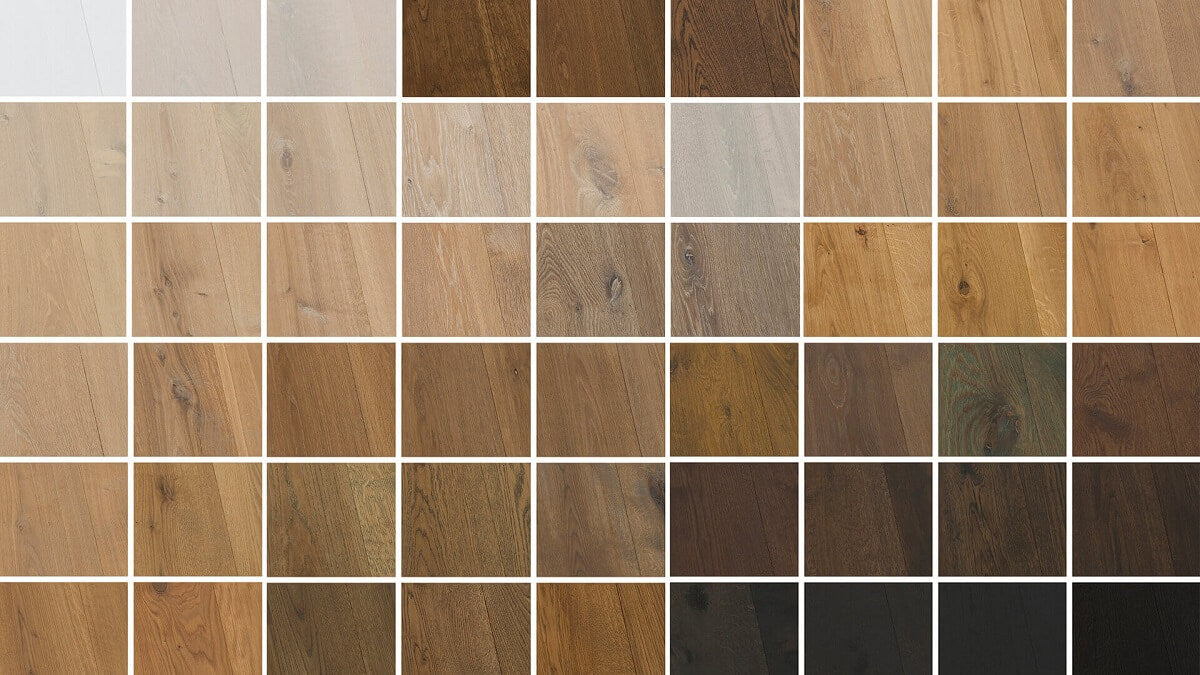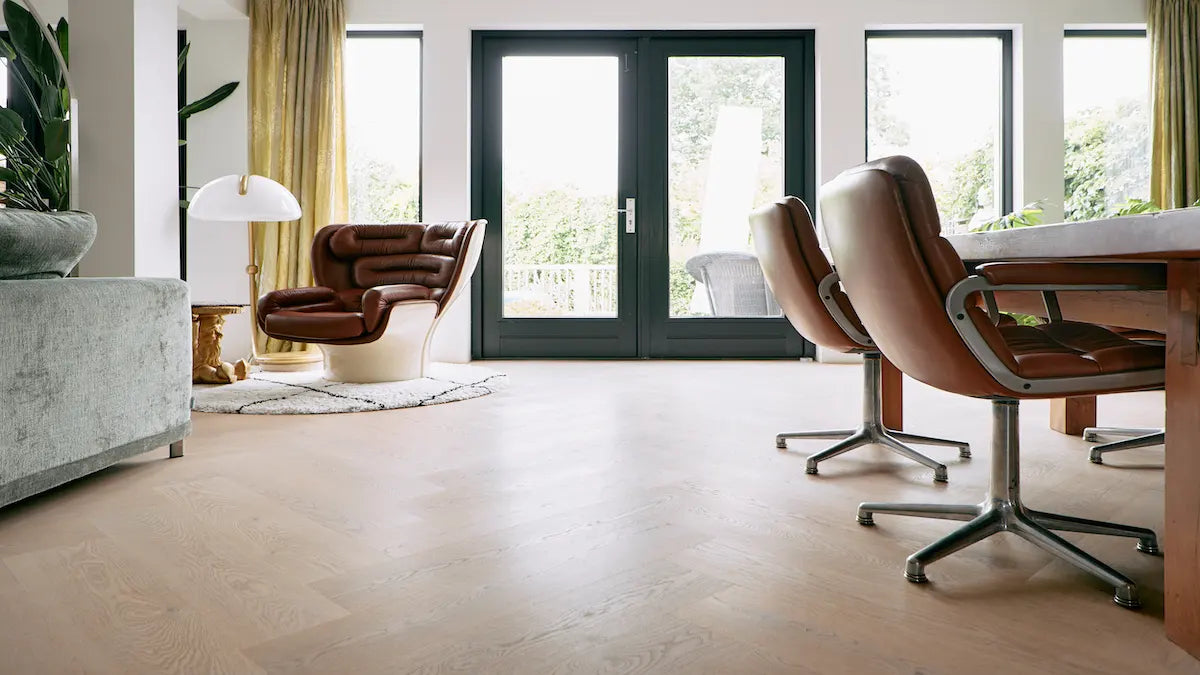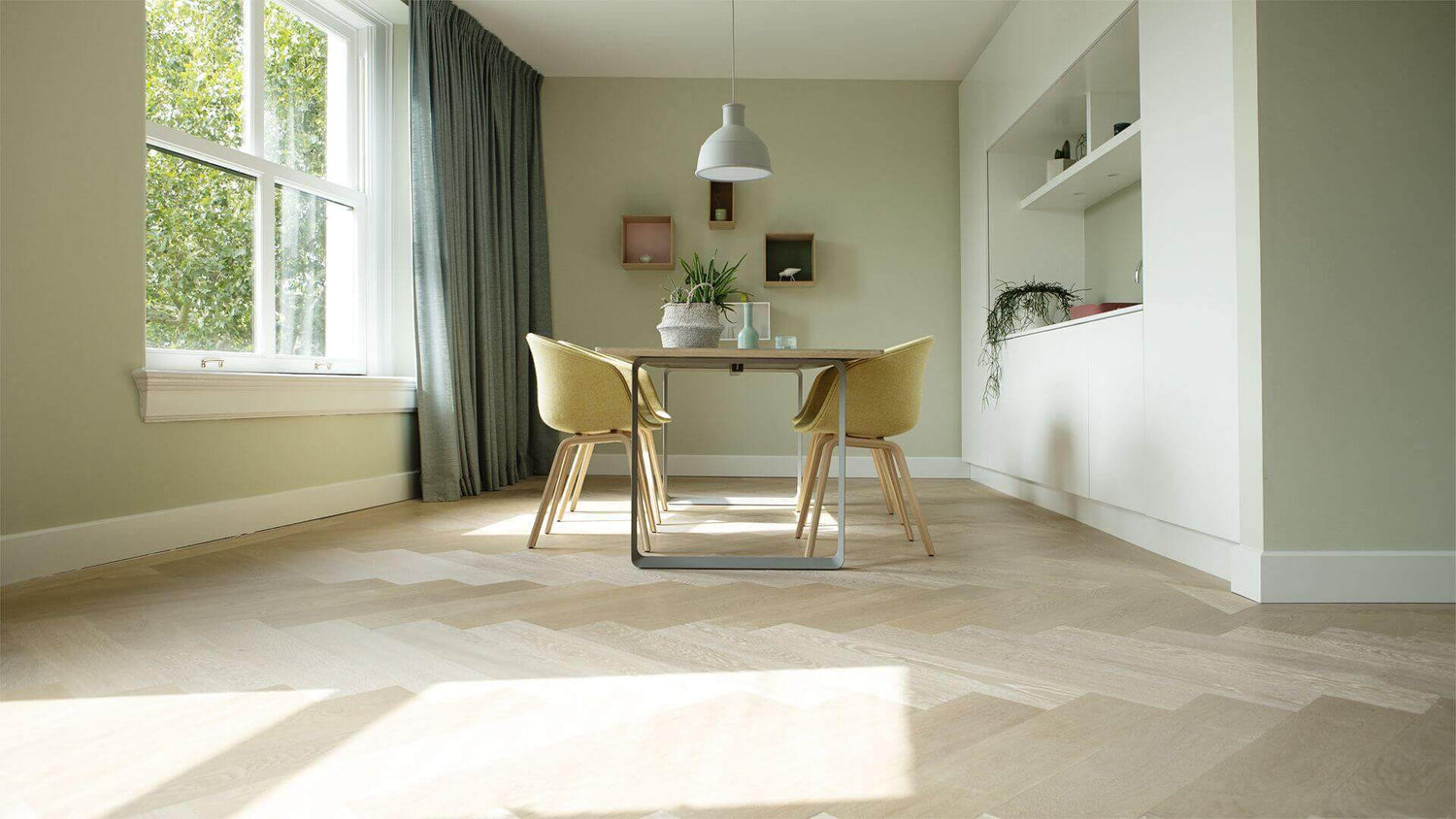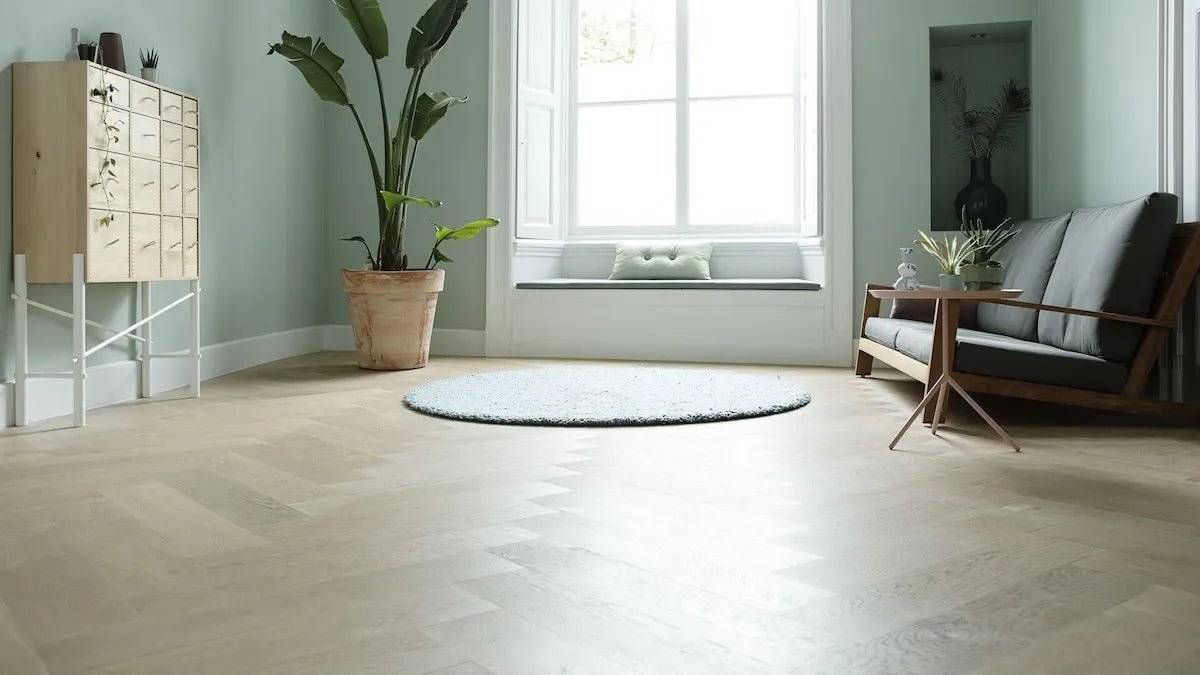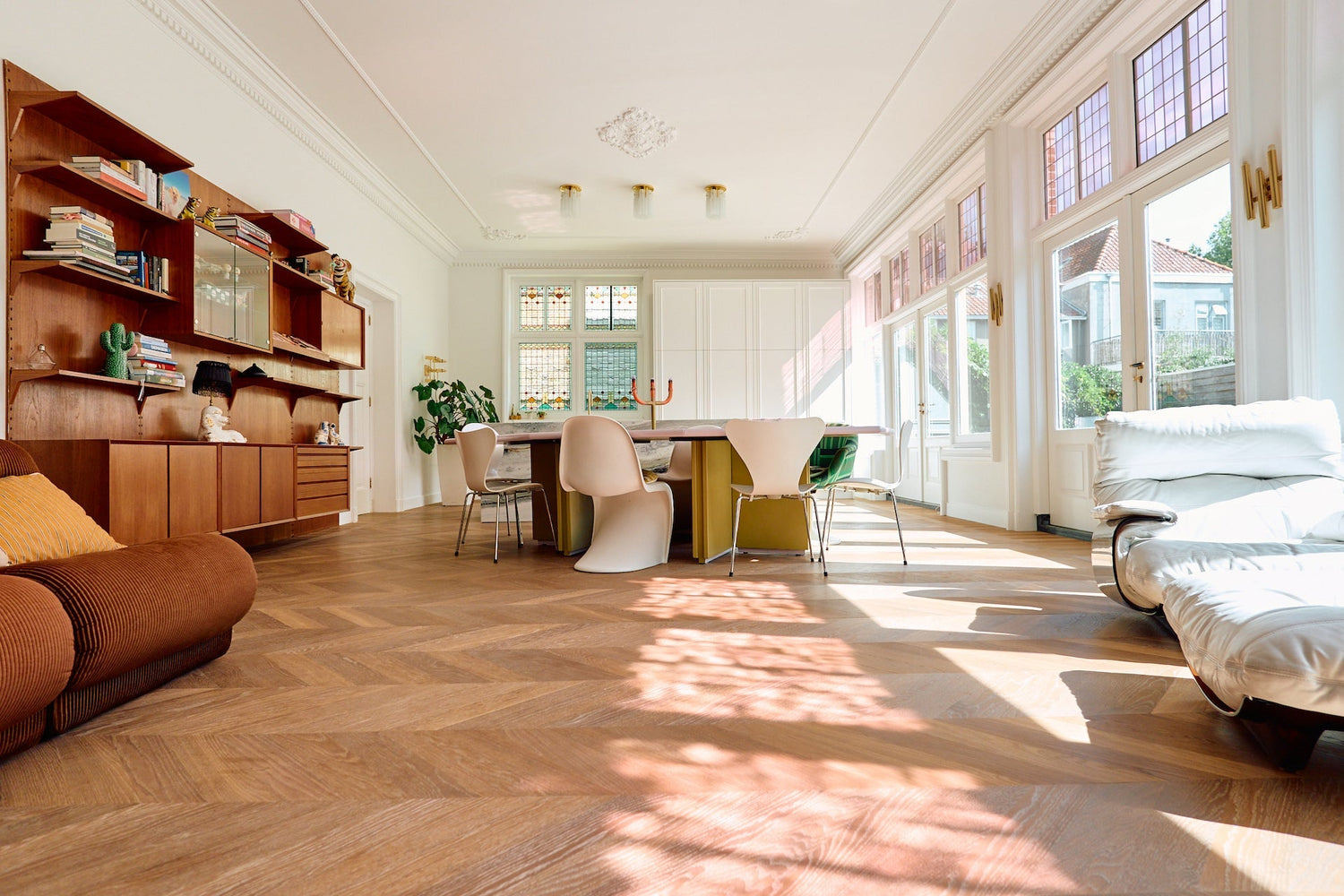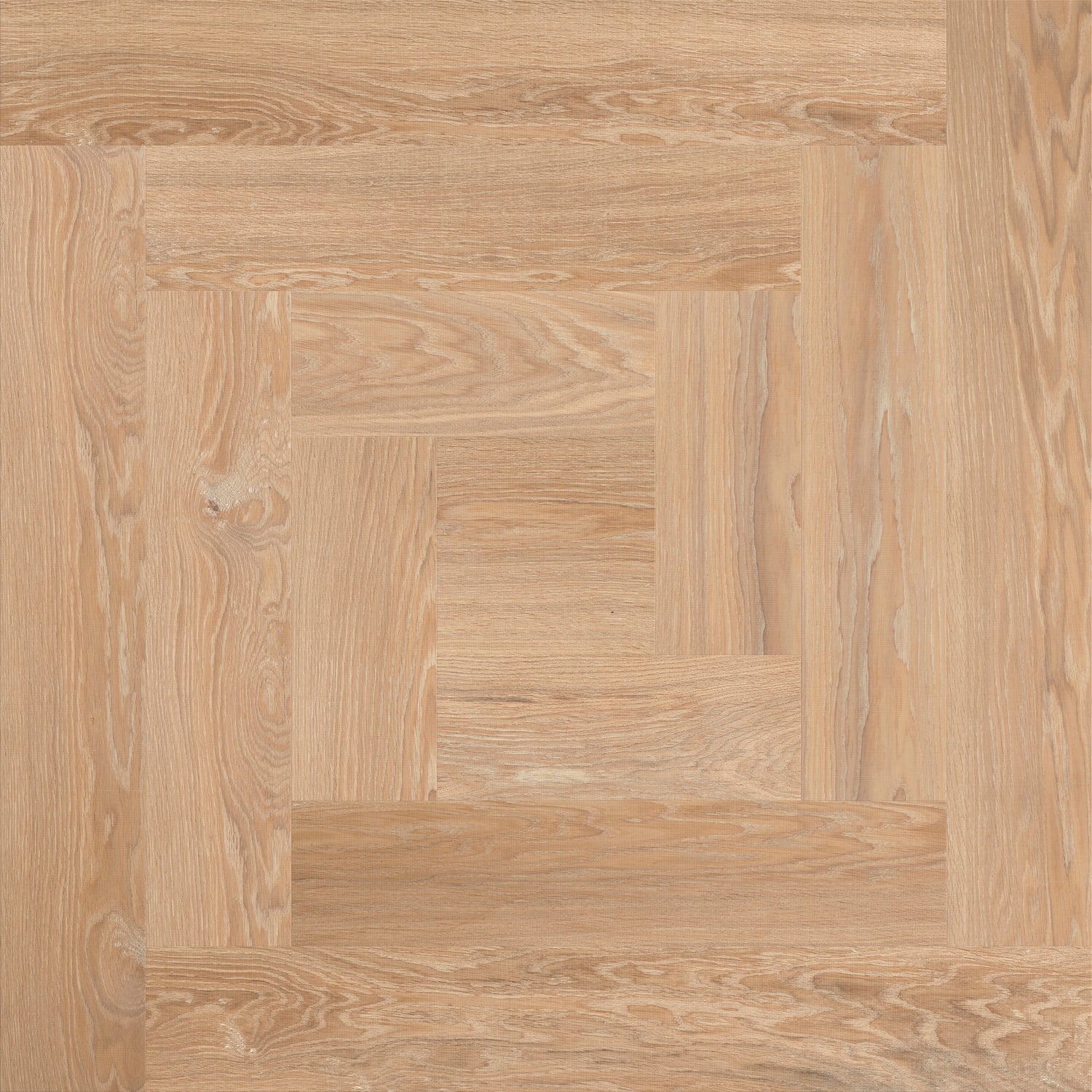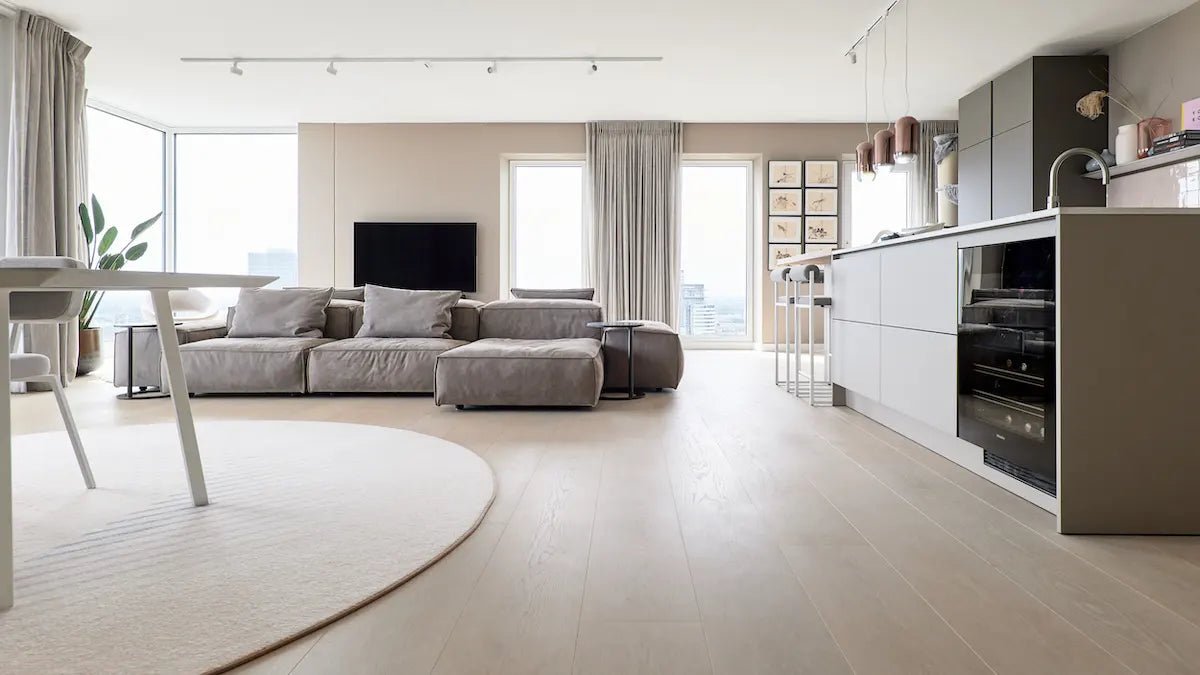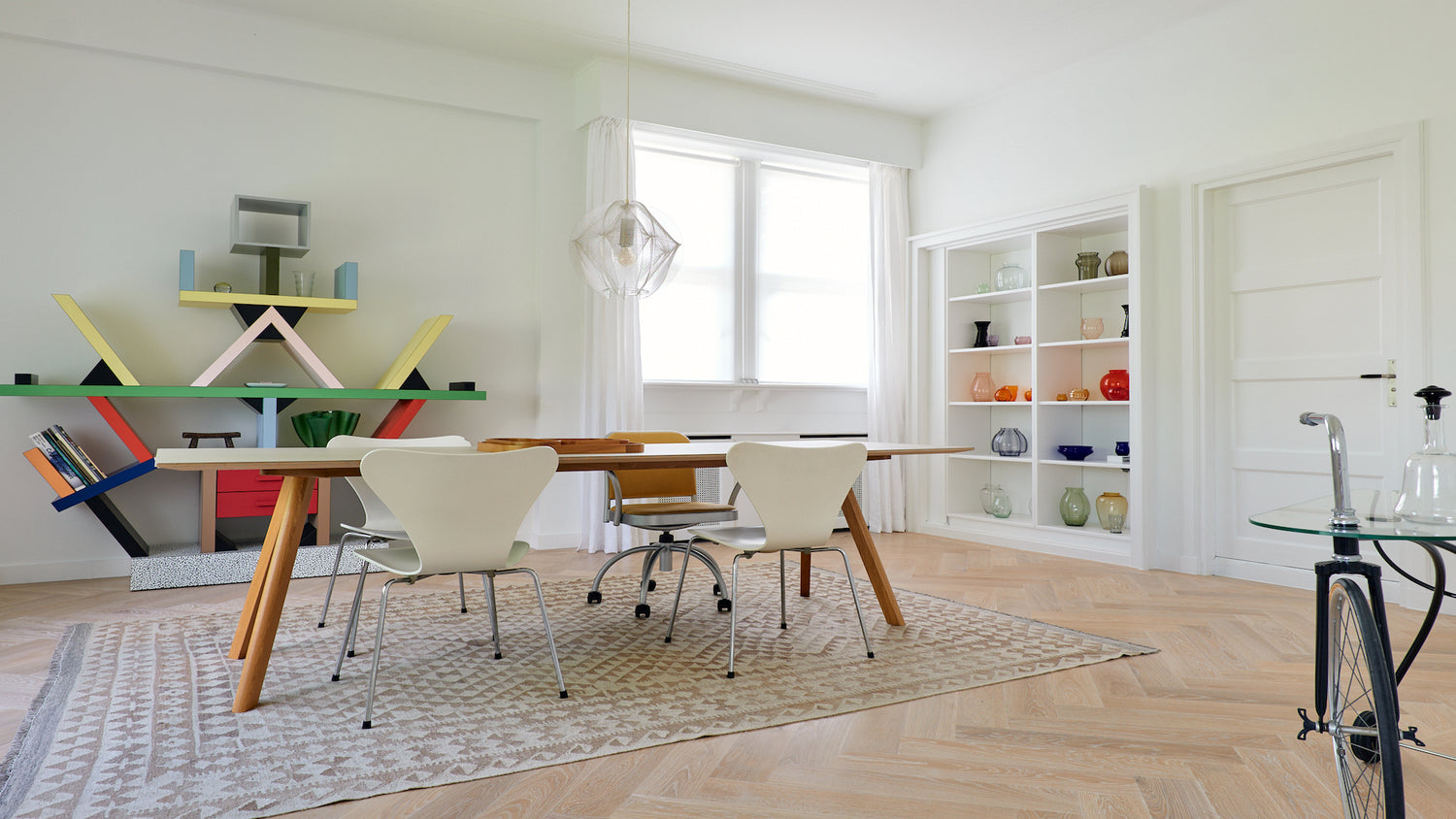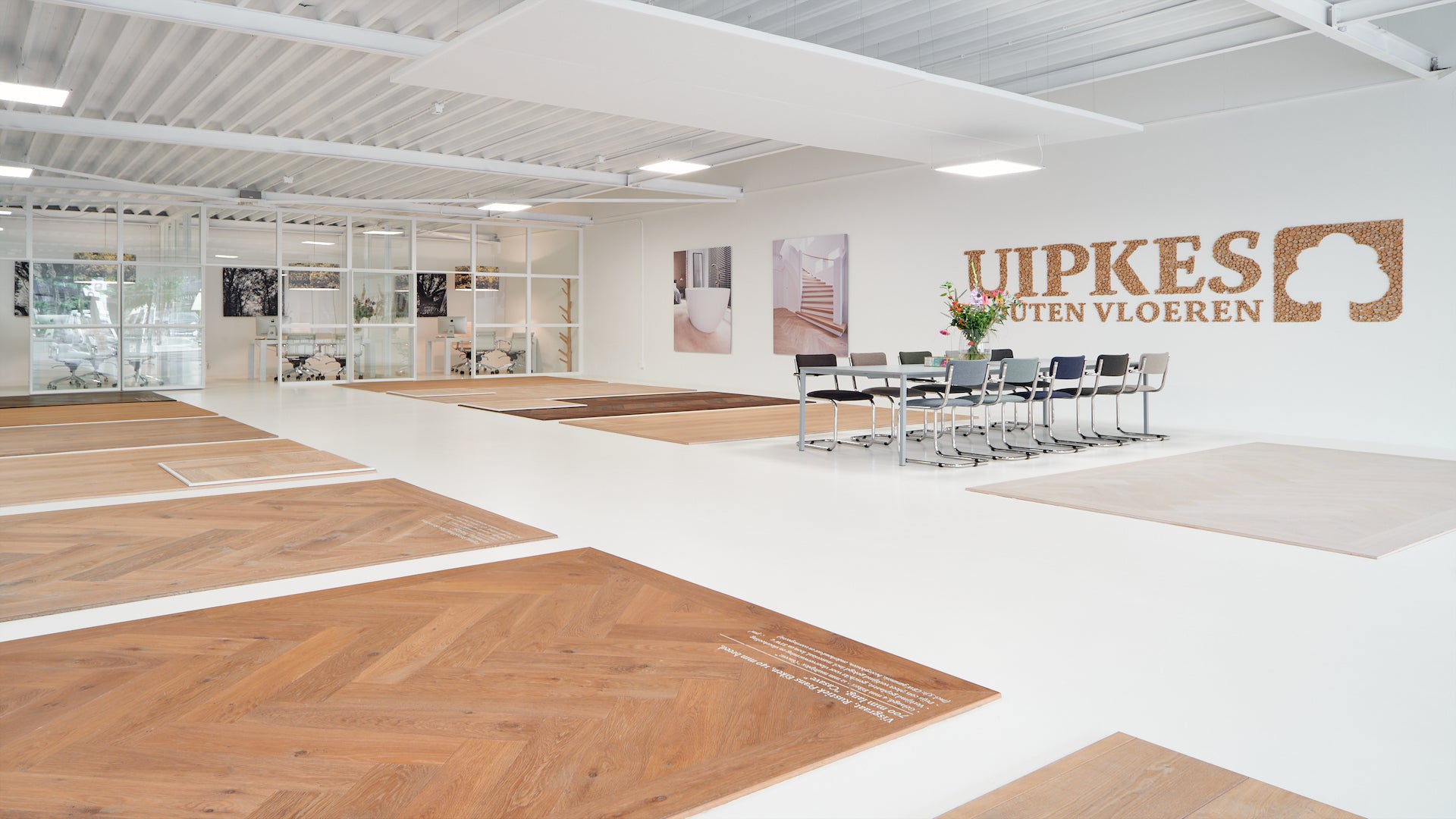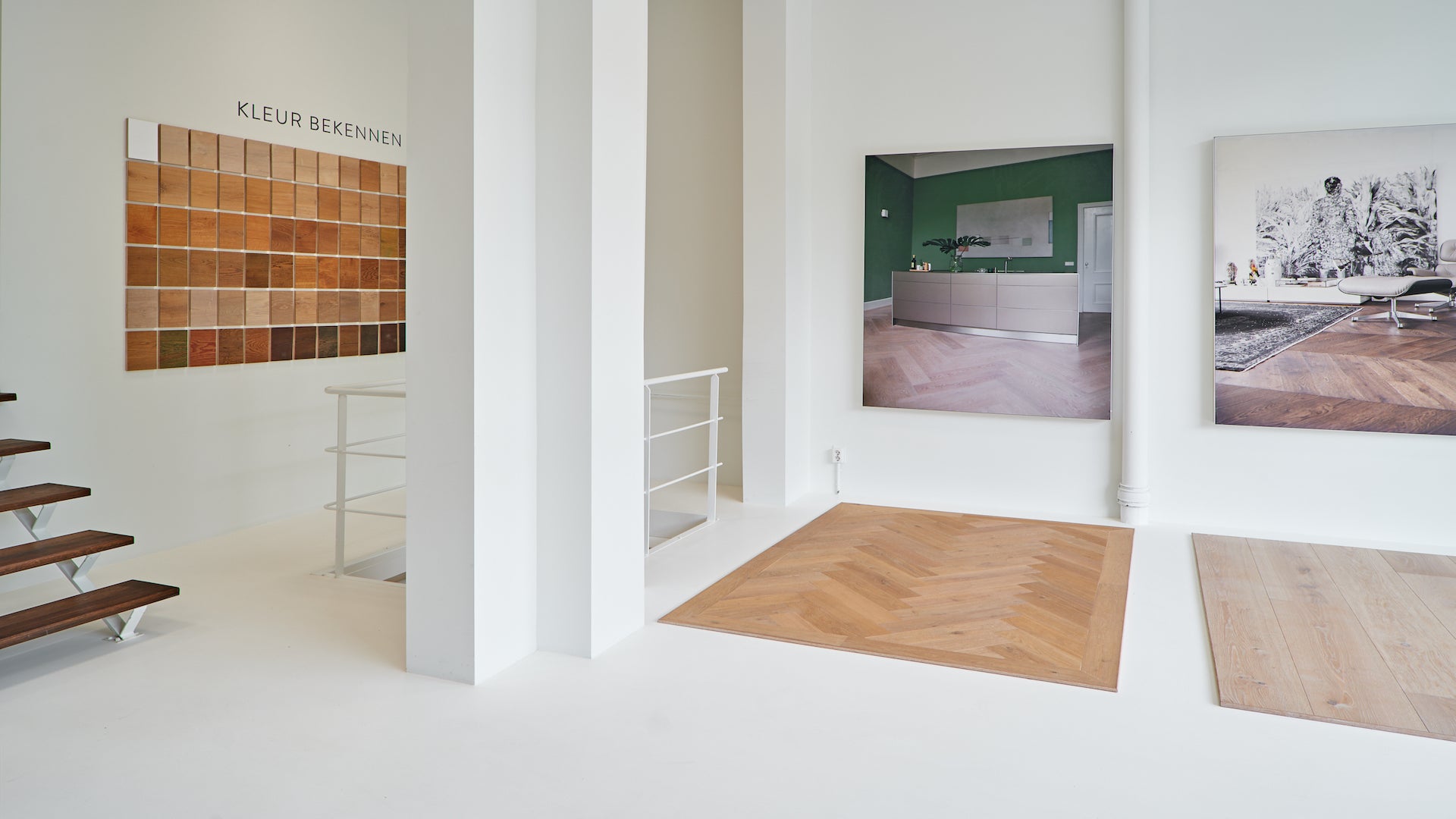Lepanto Patroon
Bezoek de showroom
The Lepanto Pattern
De Slag bij Lepanto was een zeeslag tussen de Heilige Liga en het Ottomaanse Rijk. De Heilige Liga was een coalitie van christelijke staten die was gevormd om de Ottomaanse dreiging tegen te gaan. De strijd vond plaats in de Golf van Patras, voor de kust van Griekenland, en resulteerde in een beslissende overwinning voor de Heilige Liga. Het Lepanto-motief wordt verondersteld te zijn ontstaan in de 16e eeuw, kort na de Slag bij Lepanto. Het wordt verondersteld te zijn geïnspireerd door de geometrische patronen die werden gebruikt in Ottomaanse kunst en architectuur. Het motief werd snel overgenomen door islamitische kunstenaars en architecten en werd al snel een populair decoratief element in islamitische gebouwen en moskeeën.
Gebruik Lepanto patroon
Het Lepanto-motief wordt vaak gecombineerd met andere islamitische motieven, zoals arabesken en kalligrafie. Het is te vinden op verschillende oppervlakken, waaronder muren, plafonds, vloeren en textiel. Het motief wordt ook gebruikt in verschillende materialen, waaronder keramiek, metaalwerk en houtsnijwerk. Het Lepanto-motief is een prachtig en complex ontwerp dat rijk is aan symboliek. Het herinnert aan de Slag bij Lepanto, die een keerpunt was in de geschiedenis van het Ottomaanse Rijk. Het motief getuigt ook van de vaardigheid en creativiteit van islamitische kunstenaars en architecten.
Magazine Vol inspiratie
Magazine aanvragenView wooden floors
Thuis advies op maat?
- Choosing a selection results in a full page refresh.
- Opens in a new window.


